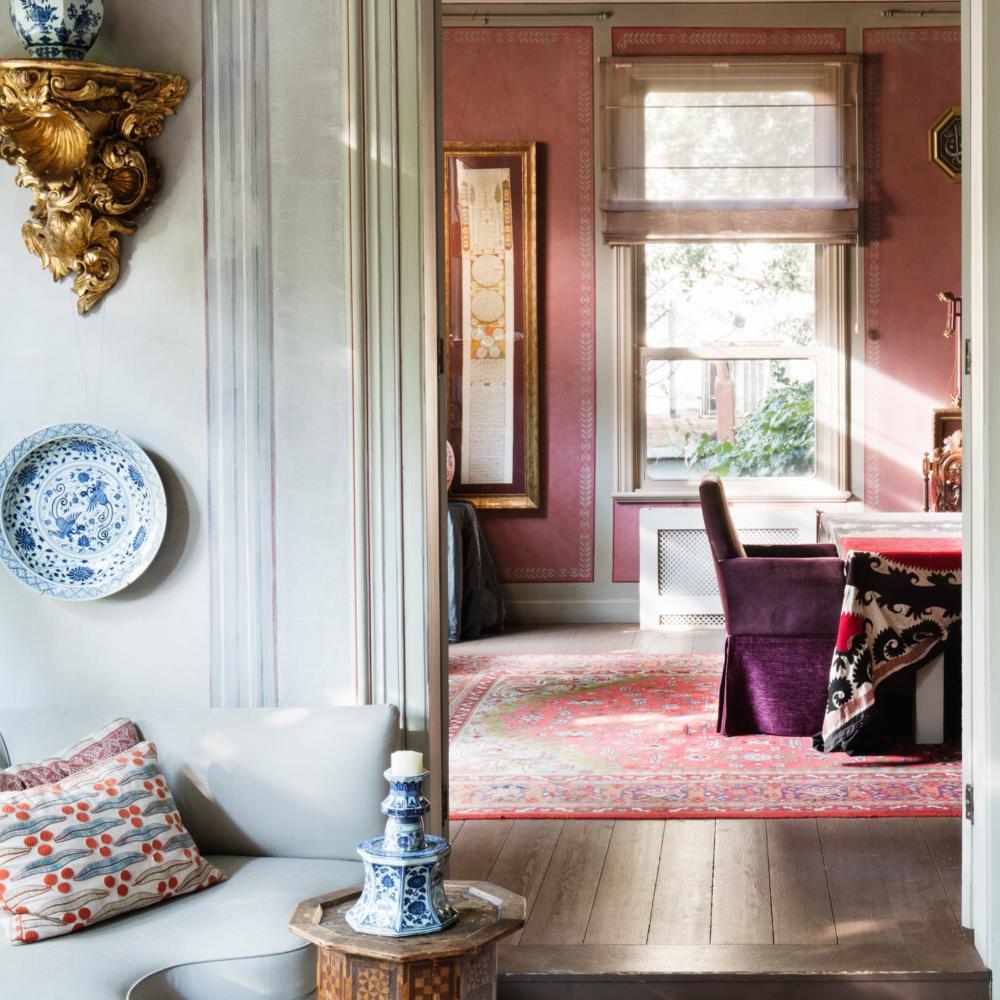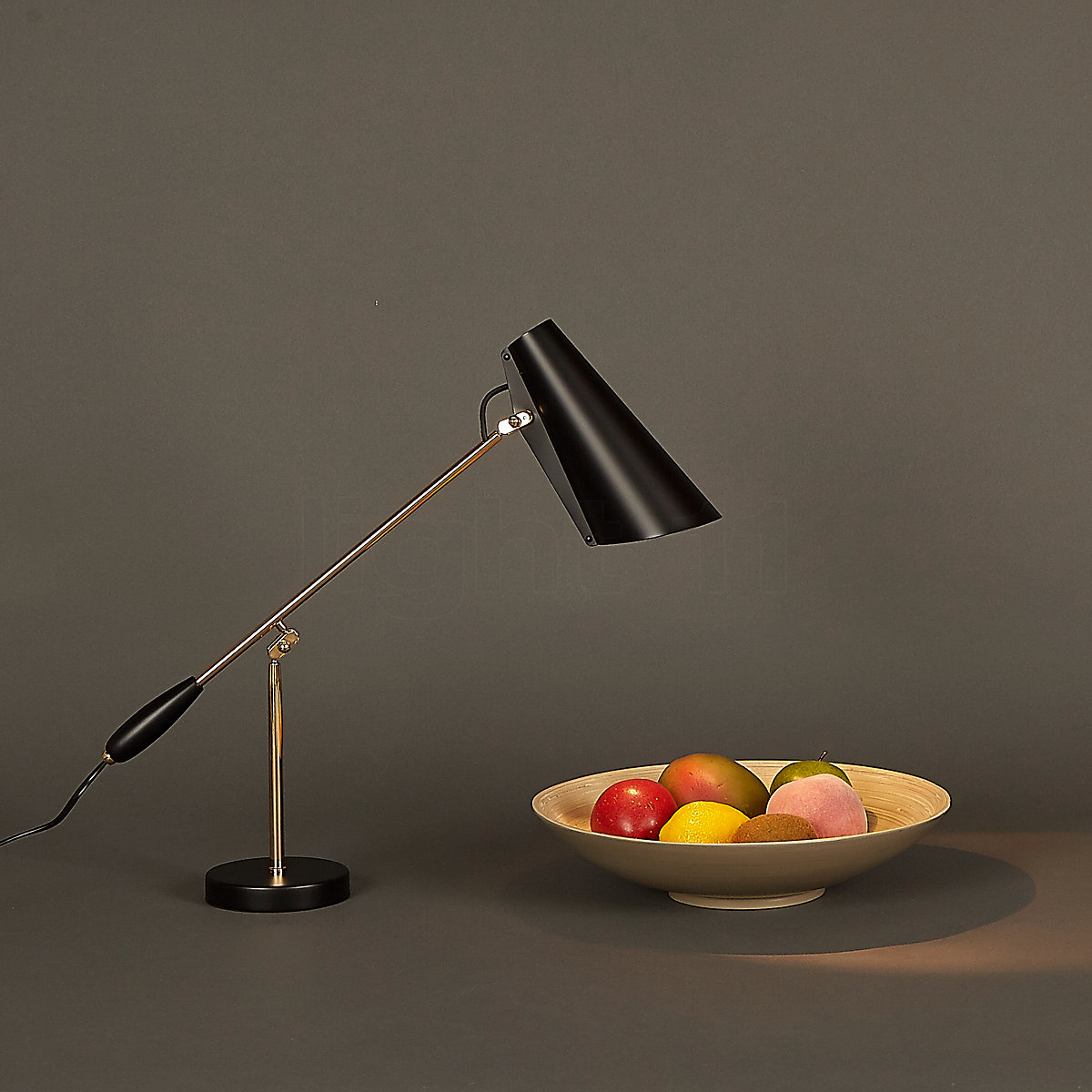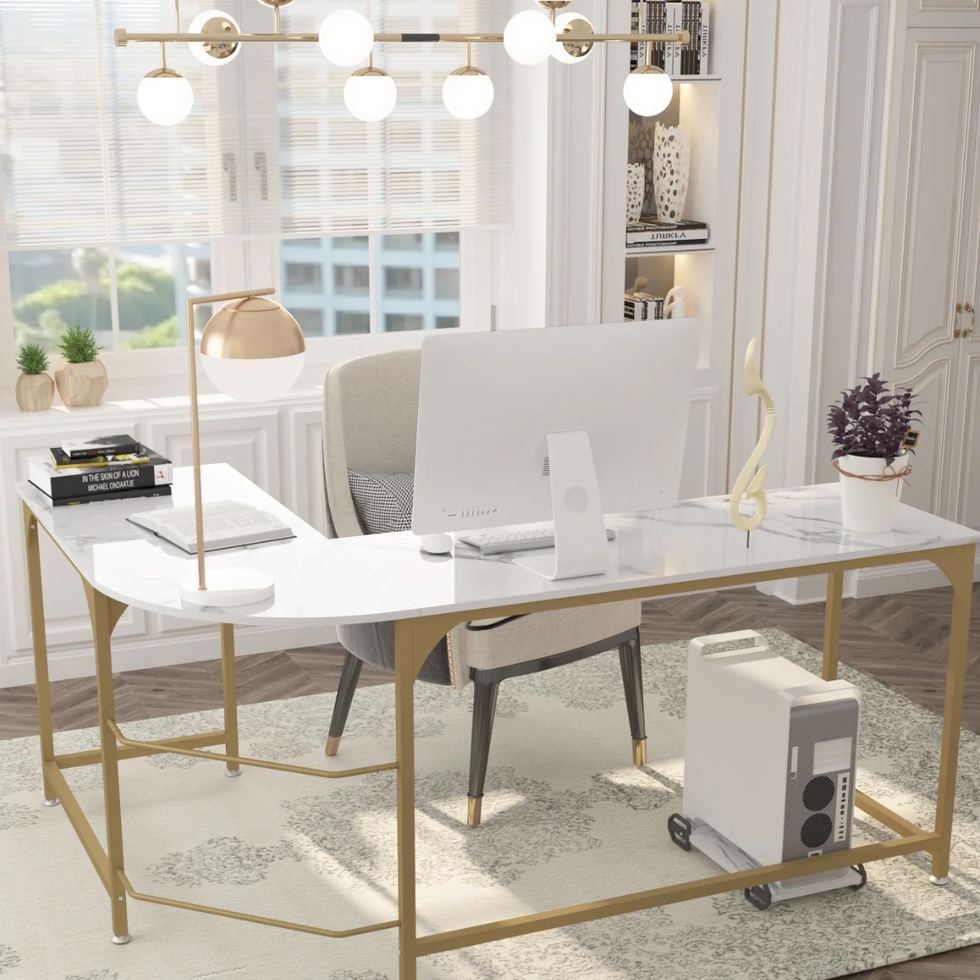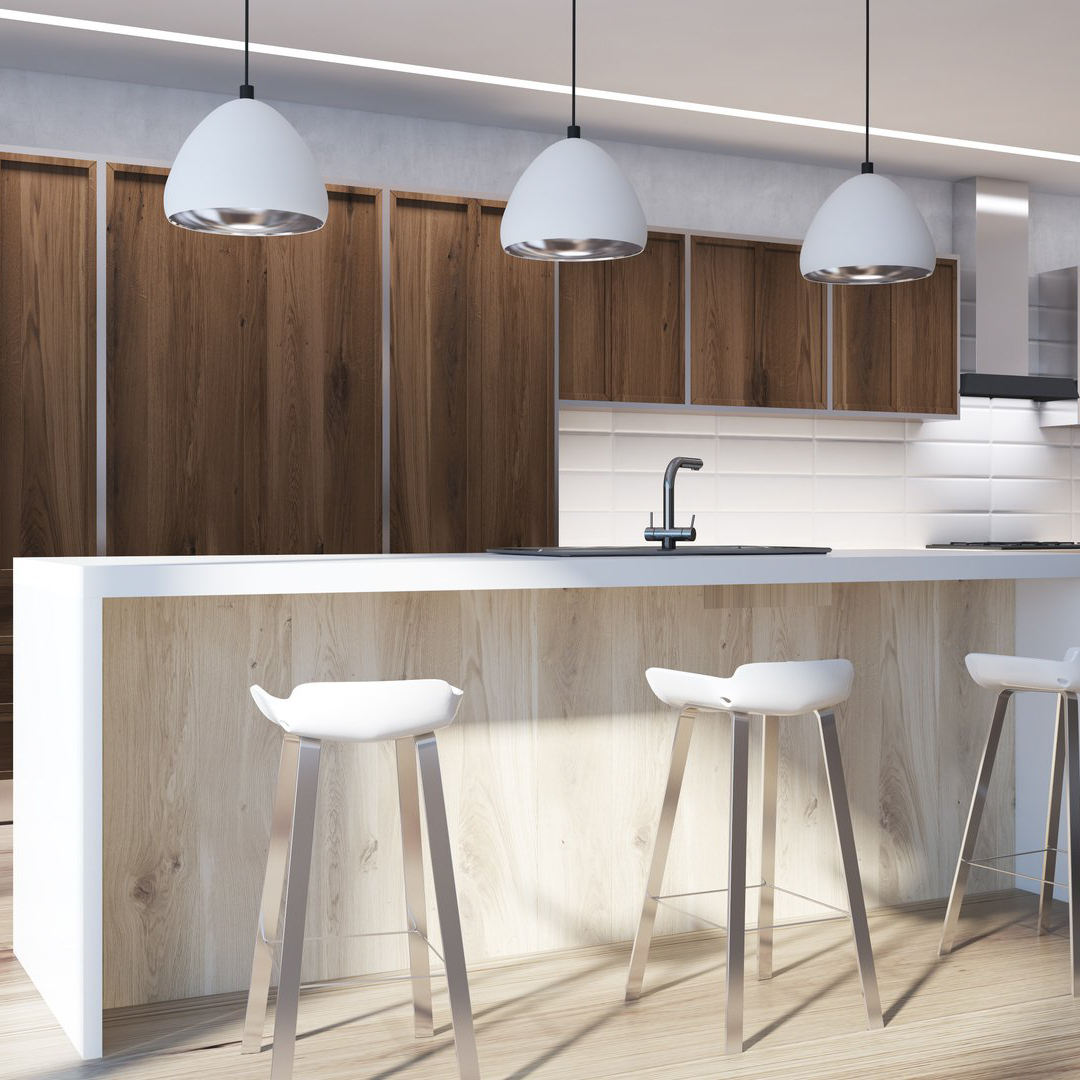Whether you’re working to transform a single room or create a cohesive open-plan layout, it’s crucial to take the time to consider how each space will function. Ultimately, this is what will make or break the success of your design. The most effective rooms have clear purposes – lounging, dining, entertaining and working are all common activities for living spaces but it’s also worth considering how your home will be used to ensure your furniture placement supports your chosen lifestyle.
Once you’ve worked out the main functions you want your space to accommodate, it’s then a good idea to start plotting out your furniture layout on paper or by using an online program. This will give you a clean slate to work with and enable you to play around with different options, helping you find the best arrangement for your space.
When plotting out your layout, it’s important to take into account natural light, directional flow and any other features that might impact how you use the space, like fireplaces, radiators or doors. It’s also worth considering your power points and plug sockets, which could dictate where you need to place appliances. Finally, don’t forget to factor in storage needs too. It can be easy to overlook these when organising your space but having an organised and tidy storage system is a sure way of making your home more functional.
Once your functional plan is in place, the next step is to create a focal point for each area. This can be as simple as a flat screen TV in the family room, a fireplace in the lounge or a table in the kitchen positioned to take advantage of a great view. For a more creative approach, you can try positioning your furnishings to highlight natural architectural features, decorative details like wall art or shelving to help delimit the space.
A great way to create a sense of separation in an open-plan space is by using area rugs. They’re a practical and affordable way to define seating areas, separate open pathways from activity zones and bring a pop of colour or pattern to the floor. If your living space is large enough, consider laying down a rug in the centre of the room to bring cohesion and create a visual anchor.
Another way to add character to a room is by creating a seating zone using a sectional corner sofa, armchairs and an ottoman footstool. This versatile furniture layout is perfect for entertaining as it can seat a group of guests easily and even double up as a coffee table when not in use. For an extra layer of style, display a pretty tray full of drinks on the ottoman to add an instant touch of elegance. By adding a console table behind the sofa, you can display framed artwork or a row of lamps to complete the look.





